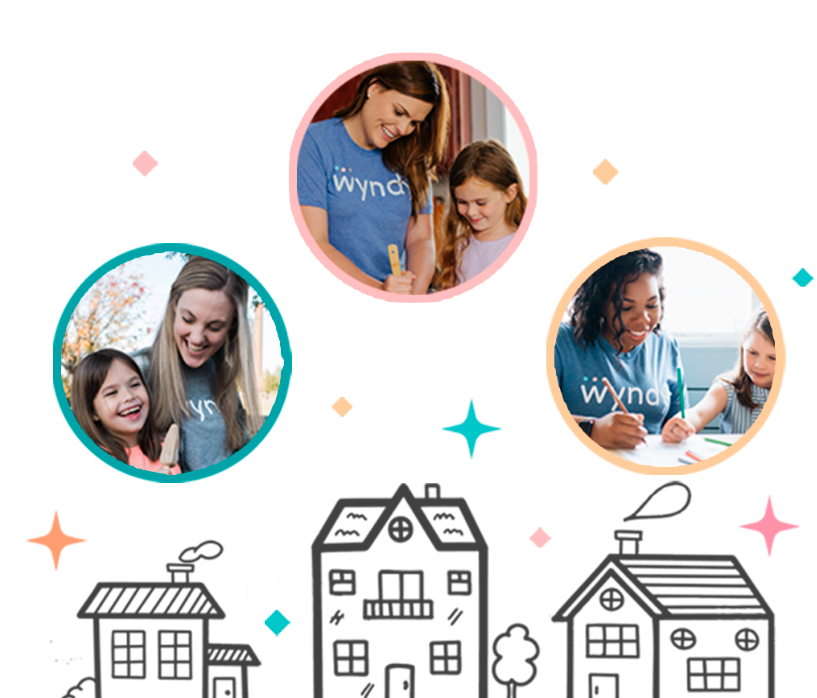Table of Contents
Setting Boundaries and Expectations
When hiring a babysitter, it’s important to clearly define boundaries and expectations right from the start. This includes discussing house rules, mealtime routines, bedtime routines, and any specific instructions or guidelines for caring for your child. Make sure to communicate any allergies, medications, or special needs that your child may have, and ensure that the babysitter is prepared to handle them appropriately.
Additionally, it’s important to establish guidelines for discipline and behavior management. Make sure that the babysitter understands your preferred methods of discipline and is aware of any specific strategies that you use with your child. It’s also important to communicate any expectations regarding screen time, use of technology, or other rules that you have in place for your child.
By setting clear boundaries and expectations, you can help ensure that the babysitter understands their role and responsibilities while caring for your child.
On-Demand Childcare in Your Neighborhood
Book a Sitter
Age-Appropriate Activities
When choosing activities for your child, it’s important to consider their age and developmental stage. Make sure that the babysitter is selecting activities that are appropriate for your child’s age group and are safe and engaging. For younger children, this may include activities such as coloring, playing with toys, reading books, or engaging in imaginative play. For older children, activities may include games, puzzles, crafts, or outdoor play.
It’s also important to consider the interests and abilities of your child when selecting activities. Make sure that the babysitter is choosing activities that are stimulating and enjoyable for your child, and that they are encouraging creativity, social interaction, and physical activity.
By providing age-appropriate activities, you can help ensure that your child is engaged and entertained while under the care of the babysitter.
Handling Emergencies
In the event of an emergency, it’s essential that the babysitter knows how to respond quickly and appropriately. Make sure to provide the babysitter with a list of emergency contacts, including phone numbers for you, other family members, and emergency services. It’s also important to provide information on any medical conditions, allergies, or medications that your child may have, as well as instructions for administering medications if needed.

Make sure that the babysitter knows basic first aid procedures, such as how to handle cuts, bruises, burns, or other minor injuries. You may also want to consider providing the babysitter with CPR training or certification, especially if they will be caring for infants or young children.
By preparing the babysitter for emergencies, you can help ensure that they are able to respond quickly and effectively in the event of a medical crisis.
Safe Sleeping Practices
If your child will be napping or sleeping while under the care of the babysitter, it’s important to establish safe sleeping practices to reduce the risk of Sudden Infant Death Syndrome (SIDS) and other sleep-related dangers. Make sure that the babysitter is placing your child to sleep on their back in a crib with a firm mattress and no soft bedding or toys.
It’s also important to ensure that the babysitter knows how to create a safe sleeping environment, including keeping the room at a comfortable temperature, ensuring that there are no hazards or obstacles near the crib, and checking on the child periodically. Make sure that the babysitter follows your child’s regular sleep routine and keeps track of nap times and durations.
By following safe sleeping practices, you can help ensure that your child is sleeping soundly and safely while in the care of the babysitter.
Communication with Parents
Effective communication between parents and babysitters is key to ensuring a successful and positive childcare experience. Make sure to provide the babysitter with your contact information, including phone numbers, email addresses, and any other relevant details. It’s important to establish a method for the babysitter to communicate with you regularly, whether it’s through text messages, phone calls, or in-person updates.
Encourage the babysitter to keep a log or journal of the child’s activities, meals, naps, and any other important information. This can help you stay informed about your child’s day and provide valuable feedback to the babysitter. Make sure to discuss any concerns, questions, or issues that may arise, and be open to feedback from the babysitter on how the childcare experience is going.
By maintaining open, honest communication with the babysitter, you can help ensure that your child’s needs are being met and that both you and the babysitter are on the same page when it comes to caring for your child.
In conclusion, understanding age-appropriate guidelines for babysitters is essential for creating a safe, secure, and positive environment for children while in the care of someone other than their parents. By setting boundaries and expectations, providing age-appropriate activities, preparing for emergencies, following safe sleeping practices, and maintaining effective communication with the babysitter, you can help ensure that your child is well-cared for and that both you and the babysitter have a successful childcare experience.











